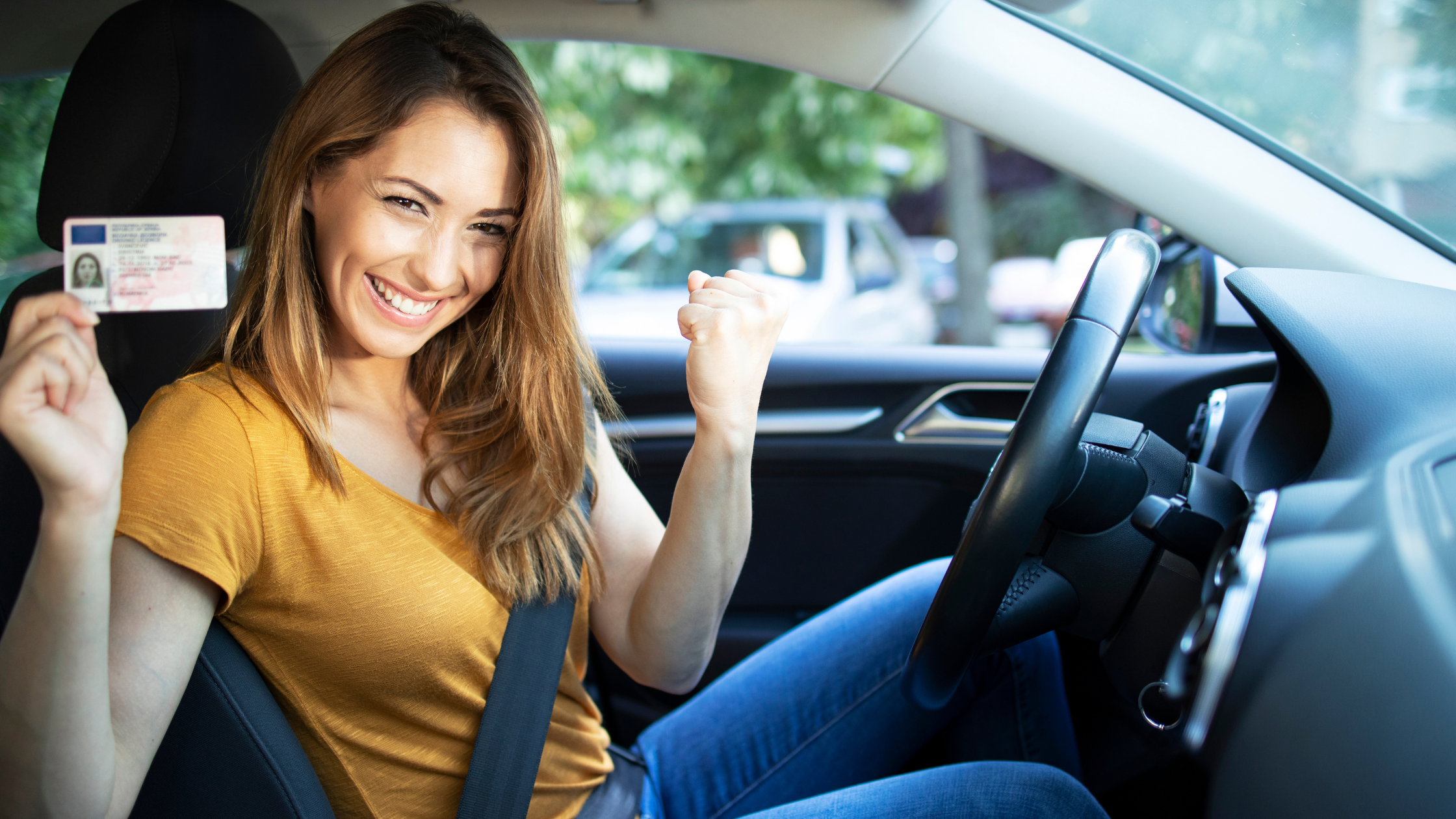Stopping distances are one of the most crucial things to understand when learning to drive, determining how quickly and safely you can bring a vehicle to a halt while taking into account reaction time, road conditions, and speed. Knowing how to judge stopping distances is vital, as misjudging them can lead to accidents or dangerous situations. During driving lessons in Southfields, your instructor will work with you to understand how stopping distances change in different scenarios and how to apply this knowledge on the road. In this post, we’ll cover why stopping distances are important, how they’re taught, and how lessons help to develop this essential skill.
What are Stopping Distances and Why are they Important?
Stopping distance is the total distance your car travels from the moment you spot a hazard to the moment the car comes to a complete stop. It’s made up of two parts: the thinking distance (how far you travel while reacting) and the braking distance (how far the car travels once you hit the brakes). Both vary depending on the speed, road conditions, and even how alert you are behind the wheel.
Understanding stopping distances is essential because it directly affects road safety. If you underestimate how long it takes to stop, you could end up too close to the vehicle in front or unable to react in time to a hazard. This is why stopping distances are tested in the theory exam and closely monitored during the practical driving test.
How are Stopping Distances Taught?
Driving instructors introduce stopping distances during lessons in a way that goes further than just remembering numbers from the Highway Code. During lessons, they’ll explain the science behind them, helping you understand how speed, weather, and road surface conditions can drastically alter how quickly you can stop. For example, braking distances on a wet road can be twice as long as on dry tarmac, while icy conditions can increase them up to tenfold.
Instructors then give learners practical experience. You’ll be asked to judge safe following distances, practise emergency stops, and learn how to anticipate hazards early to slow down smoothly. These exercises are designed to show how theory translates into real-world driving, building awareness of how much space you should always leave between yourself and other road users.
Why Driving Lessons Help to Develop Stopping Distance Skills
While theory provides the foundation, it is the real-life practice in lessons that helps learners truly understand stopping distances. Your instructor creates opportunities to apply the knowledge from the Highway Code to real roads, showing how conditions affect how quickly you can stop. From quiet practice areas to busier streets, you’ll experience a variety of scenarios. This practical learning ensures you not only know the numbers but can apply them instinctively. Below we look at some of the ways that driving lessons help learners develop their stopping distance skills:
Real-World Driving Experience
Instructors take learners into different environments, such as housing estates, rural lanes, and busy A-roads, to show how stopping distances vary. By practising in these settings, you learn how to adjust your driving when conditions change, like when visibility is poor or traffic is heavy. This direct experience helps to link theory with practice, making safe distances easier to judge and manage consistently.
Constructive Feedback and Guidance
A valuable part of lessons is the immediate feedback from your instructor. If you’re following too closely, braking too late, or not adapting to weather conditions, they can correct you in the moment. This constructive guidance helps you identify habits early, improve them quickly, and develop confidence in managing safe stopping distances in a wide range of driving situations.
Building Consistent Habits
Driving lessons also focus on developing stopping distance awareness until it becomes second nature. Through repeated practice, you’ll learn to leave enough space, anticipate hazards, and react safely without overthinking. Instructors encourage consistent routines, such as the two-second rule, so you instinctively know when you’re too close to another vehicle. These habits are vital for both passing your test and driving responsibly once qualified.
Stopping Distances and Driving Tests
Stopping distances are a vital part of the driving test, as they demonstrate your ability to drive safely and responsibly. Examiners look closely at whether you can judge space correctly, adapt your speed, and maintain safe distances. Understanding and applying this knowledge during your test can often mean the difference between a pass and a fail. Below are some of the areas where an examiner looks at your stopping distances during a driving test:
- Maintaining a Safe Following Distance – Examiners check if you’re leaving a safe gap between your car and the vehicle in front. Following too closely, known as tailgating, is dangerous and can result in immediate faults. Demonstrating awareness of safe stopping distances shows examiners you can anticipate hazards, react appropriately, and prioritise the safety of yourself and other road users.
- Reacting to Hazards Safely – During the test, you may encounter hazards such as sudden braking by the car ahead, crossing pedestrians, or unexpected obstructions. Examiners look for smooth, controlled reactions rather than harsh braking at the last second. Knowing how stopping distances work allows you to slow down early and steadily, which demonstrates awareness, control, and strong hazard perception skills.
- Adapting to Road Conditions – Examiners also assess how well you adapt stopping distances depending on weather, road surface, and traffic conditions. For example, in rain or poor visibility, they’ll expect you to leave extra space and reduce your speed accordingly. Showing that you can adjust your driving based on conditions highlights your ability to apply stopping distance knowledge in a practical, responsible way.
Driving Lessons in Southfields with Wimbledon Driving School
We provide driving lessons in Southfields, taught by our highly experienced, qualified driving instructors, with a range of lessons to choose from to suit every learner. This includes standard lessons, refresher lessons, Pass Plus courses, intensive courses and more, with every lesson tailored to the learner’s requirements. Additionally, all of our driving lessons at Wimbledon Driving School are priced affordably. If you’d like to book driving lessons in Southfields, you can do so through our website. For further information on our driving lessons, contact our team.





